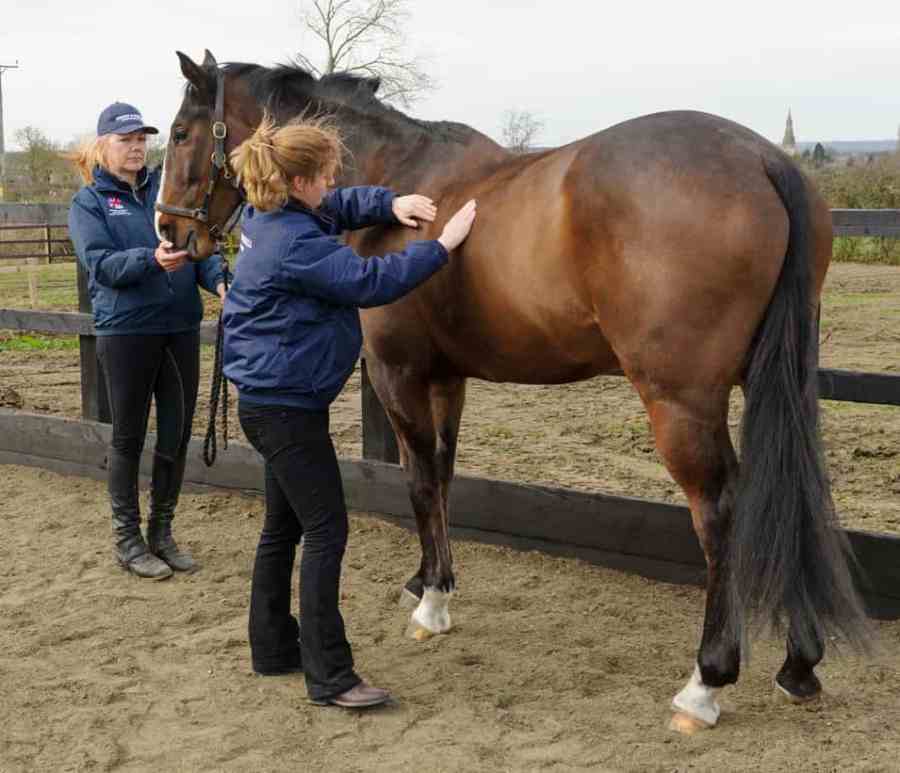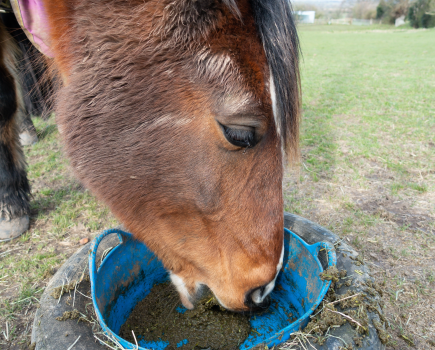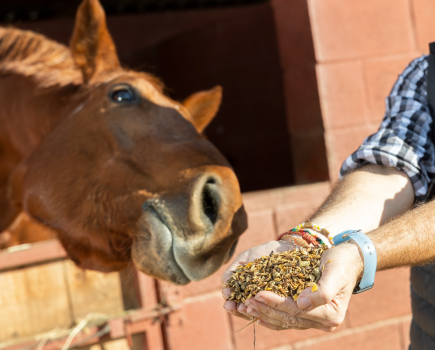In recent years, obesity in horses has fast become a growing problem. A horse that is significantly overweight is at risk of many health issues, from laminitis to breathing and joint problems.
For every 10kg of extra weight a horse is carrying, he must work 3.3% harder, putting strain on the heart, lungs, tendons and ligaments.
It’s important that we monitor horse weight and food intake. Here, Dodson & Horrell Nutritionist, Sarah Kearney, gives her top 10 weight management tips.
1. Be vigilant about grass growth
Unfortunately, due to our ever-changing British weather, grass growth is a constant feature.
The warm weather, coupled with periods of rain causes a flush in the grass, and even short grass can be high in calories.
Usually horses will get to this rich, short grass before you even realise it’s there so it can be hard to see how much grass is coming through.
It can be a good idea to fence off a little area in your horse’s paddock so that you can monitor how much the grass is growing, or alternatively look at your garden lawn.
If you’ve upped the amount of times you’re mowing, you can be pretty sure that the field is growing too!
2. Restrict grazing where necessary
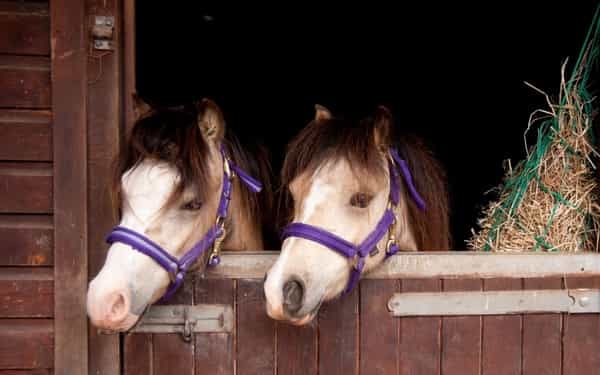
There are several ways of restricting access to grass, but some may not be as effective as you think.
Some people turn their horses out for a short period of time, but they can become wise to the routine.
Research has shown that if you time restrict grazing, a horse or pony can eat as much over that period as they might eat in 24 hours.
Strip grazing can be a useful tool, but it can result in a situation where a horse is fenced onto a bare paddock with nothing to eat.
It’s important to move the fencing every day, or supplement the horse with additional hay. Track systems and grazing muzzles can also work well.
3. Get grass and hay analysed
This is a service provided by Dodson & Horrell and gives a good starting point for deciding the hard feed portion of the diet – remember it’s the predominant portion of the diet!
A general analysis will give you dry matter, protein, sugar and calorie levels and we can also test for minerals and hygiene of the forage as well.
For more information visit: www.dodsonandhorrell.com/forage-analysis
4. Control calorie intake without compromising essential nutrition
It can be tempting to restrict food when your horse is overweight and while this is a natural reaction, it can actually have the opposite effect.
Underfeeding important vitamins and minerals can impact skin, coat and muscular condition leading to a fat horse that has muscle wastage.
A feed balancer with high levels of quality protein will restrict calorie intake while providing optimum nutrition.
5. Maintain fibre intake to keep the hindgut functioning effectively
A lack of fibre can cause issues such as gastric ulcers or colic.
As a guide, a horse that needs to lose weight should be fed 1.5-2% of his bodyweight.
If you worry that feeding this much fibre will lead to additional weight gain then you can soak your hay for 12 hours prior to feeding to further reduce calorie intake.
6. Exercise is key
Alongside controlling calories, exercise is the key to weight loss.
Build up exercise slowly, making sure the horse is actually working in order to burn calories.
The heart rate needs to be elevated for 20 minutes before your horse will start burning calories.
Exercise must also be done regularly – five times a week is necessary to make a difference.
7. Weigh your hay
Weighing your hay means you can ensure your horse is getting the right amount of fibre and help to avoid wastage or over feeding.
It’s important that grass intake is taken into account when calculating fibre intake.
8. Leave your horse naked were possible!
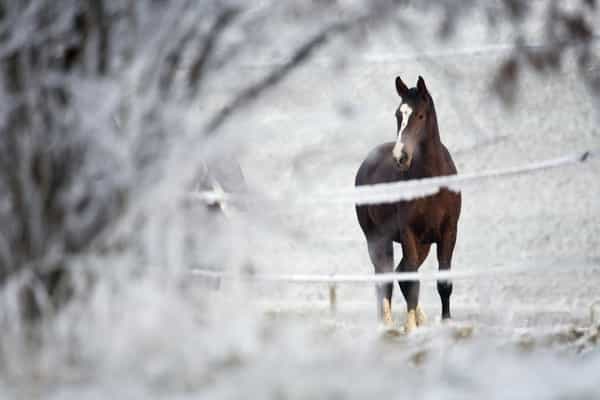
While we can feel that putting rugs on our horses helps keep them warm and dry, it actually means that they don’t use calories to keep themselves warm.
On cold, dry days put overweight horses out with no rug on, letting them burn calories to keep warm and if it’s raining, use only a light, no-fill rainsheet.
9. Use a weigh tape.
Some horses carry weight well and the extra pounds are not always visible to the eye, so using a weigh tape can give you a good indication of any changes.
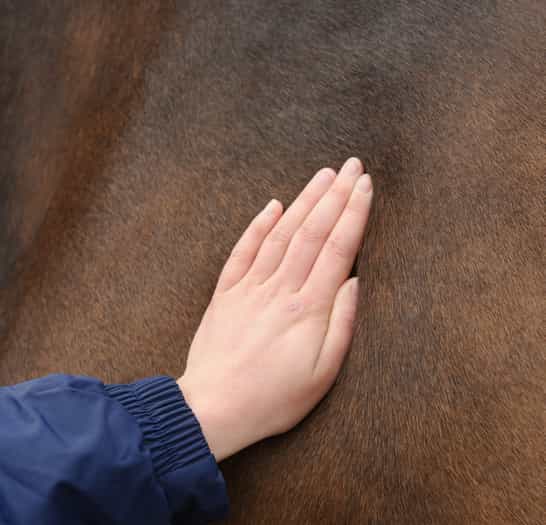 10. Condition score regularly.
10. Condition score regularly.
This is a more accurate way of assessing a horse weight as it involves being hands-on and feeling where the fat actually is.
Ideally you should condition score every 14 days to once a month. If you do it too often you won’t see a difference.
Keep accurate records and photos. In order to do this properly see our guide at: http://www.dodsonandhorrell.com/fat-scores
Remember specialist advice is always on hand from the Dodson & Horrell Nutritional Team
Helpline: 0845 345 2627 or visit www.dodsonandhorrell.com for a live chat with a nutritionist.

